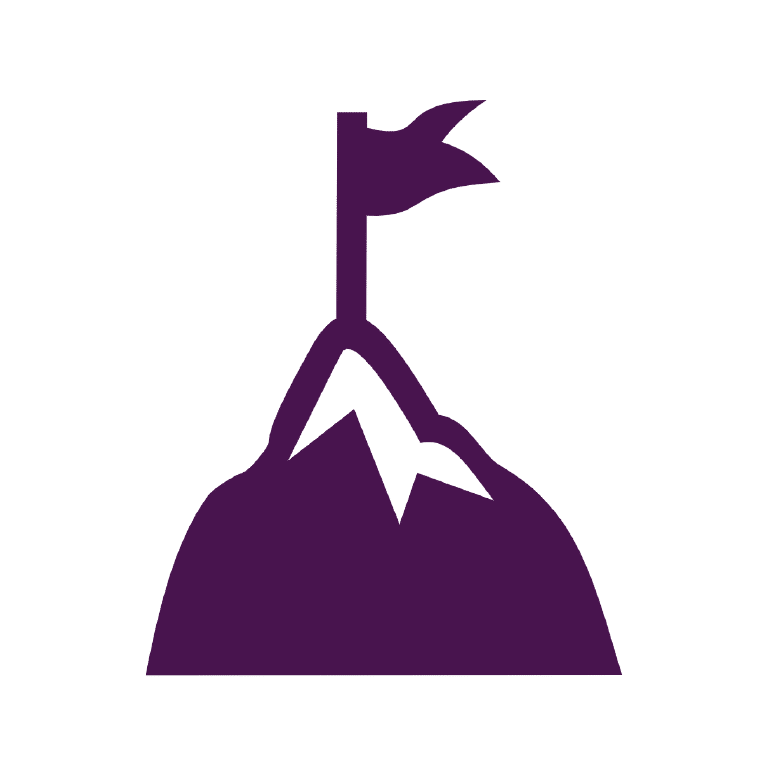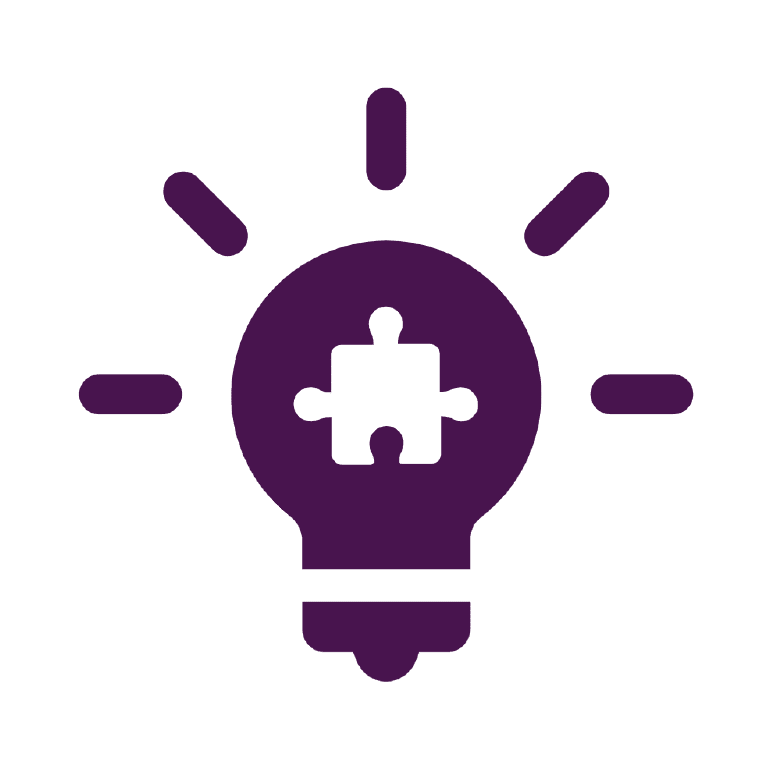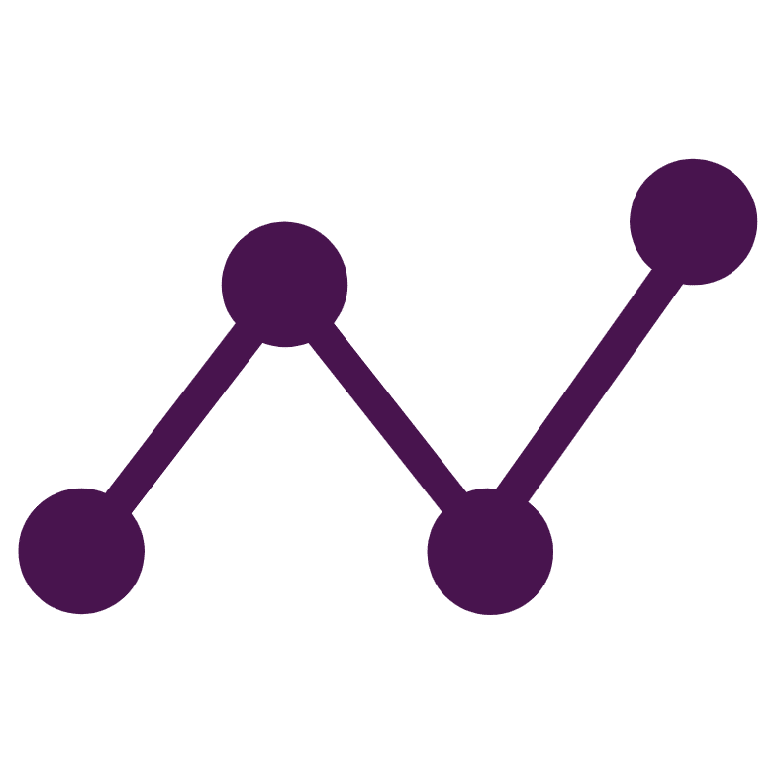
The Challenge
The customer support team of a global corporation recently undertook an initiative to transform the content in their Customer Resource Portal from unstructured, long-form PDFs to structured content in a DITA based Component Content Management System (CCMS). This Customer Resource Portal contains detailed manuals and information about the hundreds of products and services this corporation offers across the globe, many of which are specific to regions or countries. Customers of this corporation rely on the customer service portal to locate specific information about products and services available to them in their location.
When they approached EK, the organization was struggling to achieve ROI from this massive undertaking and customer experience (CX) remained stubbornly unsatisfactory. The poor CX of the system resulted in an 8% drop in daily user access and one in five customers reporting that they didn’t use the system at all. Additionally, half of users felt that the search functionality of the system was unsatisfactory. To remediate this, the organization created a complex, multi-year plan to optimize customer experience through the display of dynamic content updates in the front end of the portal, however when EK conducted a technical assessment, our technical consultants found that the off-the-shelf product in use for the presentation layer was not adequate to meet the robust needs of the structured content.
Further, the content model employed in the CCMS did not adequately enrich the technical documentation content with metadata suitable to enable personalization. Users struggled to find the information as search terms did not always align to query strings in the content. Content and search results were not personalized to the needs of the user, and search queries returned large amounts of information that was not relevant. For the internal content team, tagging and authoring content was a manual effort. Authors were spending too much time adding tags and metadata to documentation, rather than publishing fresh information to the portal. Furthermore, content that was not properly manually tagged became especially difficult to find within the sheer volume of content in the portal.

The Solution
EK worked with the customer care team at this corporation to architect and implement content personalization improvements to the customer portal. This work began with an assessment and redesign of the key taxonomies needed to better personalize the content in the portal. EK’s taxonomy experts worked with SMEs at the corporation to create intuitive taxonomies for products, services, and user entitlements that best reflected the current state of the business. Then, EK developers and taxonomists worked together to execute bulk tagging of prioritized existing content in the portal with the newly updated taxonomies. Additionally, EK developed a custom auto-tagging authoring tool so that content authors could quickly and easily apply tags to new content being published in the portal. To support the new taxonomies and tagging processes, EK taxonomists drafted a Taxonomy and Tagging Governance Plan to facilitate the long-term, ongoing maintenance of metadata within the system.
During this time EK architects and semantic specialists were also helping the corporation steward the implementation of their newly acquired Taxonomy and Ontology Management Tool. This work involved designing roles for the tool, providing an orientation on how to use the tool, uploading the new taxonomies into the system, and providing an integration plan for how the tool should integrate with the customer service portal and its component technologies. This work set the groundwork for the corporation to be able to manage the taxonomies that would underpin personalization from a centralized repository, and then push updates to the systems that leverage them.
Once taxonomies had been updated, stored in the correct systems, and applied to content, EK architected a solution that would personalize search results relevant to a user’s entitlements and geographical location. The customer service portal boosts search results that are tagged with products, services, and other tags that are related to the user’s profile.

The EK Difference
EK’s experts in taxonomy, content, and technical implementation came together to provide a comprehensive, innovative content personalization solution for the customer support team. Because EK employs experts in semantic technologies, EK was able to provide expertise and support for the corporation as they were implementing their new taxonomy tool, including providing training for their staff on how to use it. EK technology experts also partnered with the corporation’s technology teams to ensure there was alignment on and understanding of the personalization solution and its components across all teams that would be interacting with or managing it.
EK solution architects and content engineers assessed the corporation’s technology stack on its fitness to support advanced content functionality and found that the current configuration and technologies were inadequate. To address this, EK assessed both internal and external tools available to the corporation and provided them with an architecture that would meet their content needs. This included the vetting of a new front end tool that would significantly improve both CX and search experience for users. With the new architecture in hand, technology leadership could make informed, confident decisions about their future content technology plans and investments.

The Results
EK was able to provide the customer support team with a sustainable solution for personalizing content in their customer service portal. Currently published content in the system is now tagged for search boosting, and content authors have an intuitive and quick way to tag newly created content. Improvements made by the EK team have rendered promising user experience outcomes, including reduced confusion and customer service inquiries by having 100% of user entitlements aligned with product taxonomies, and by removing 43 outdated or irrelevant terms. The personalized search boosting also increased click through rates of search results by 13%, indicating that users are being served content that is more relevant to them. Additionally, content authors will save approximately 125 hours a year leveraging the new, faster tagging process instead of manually tagging content.
